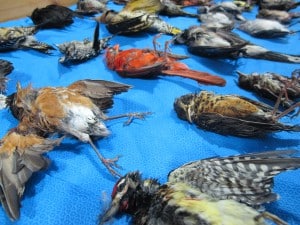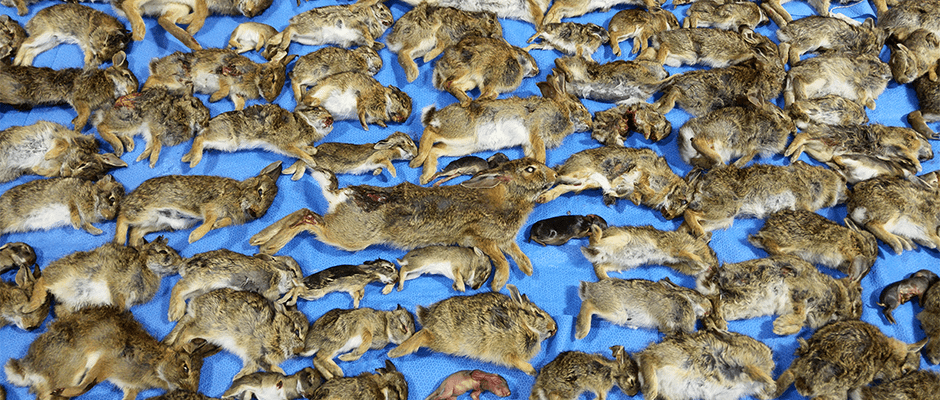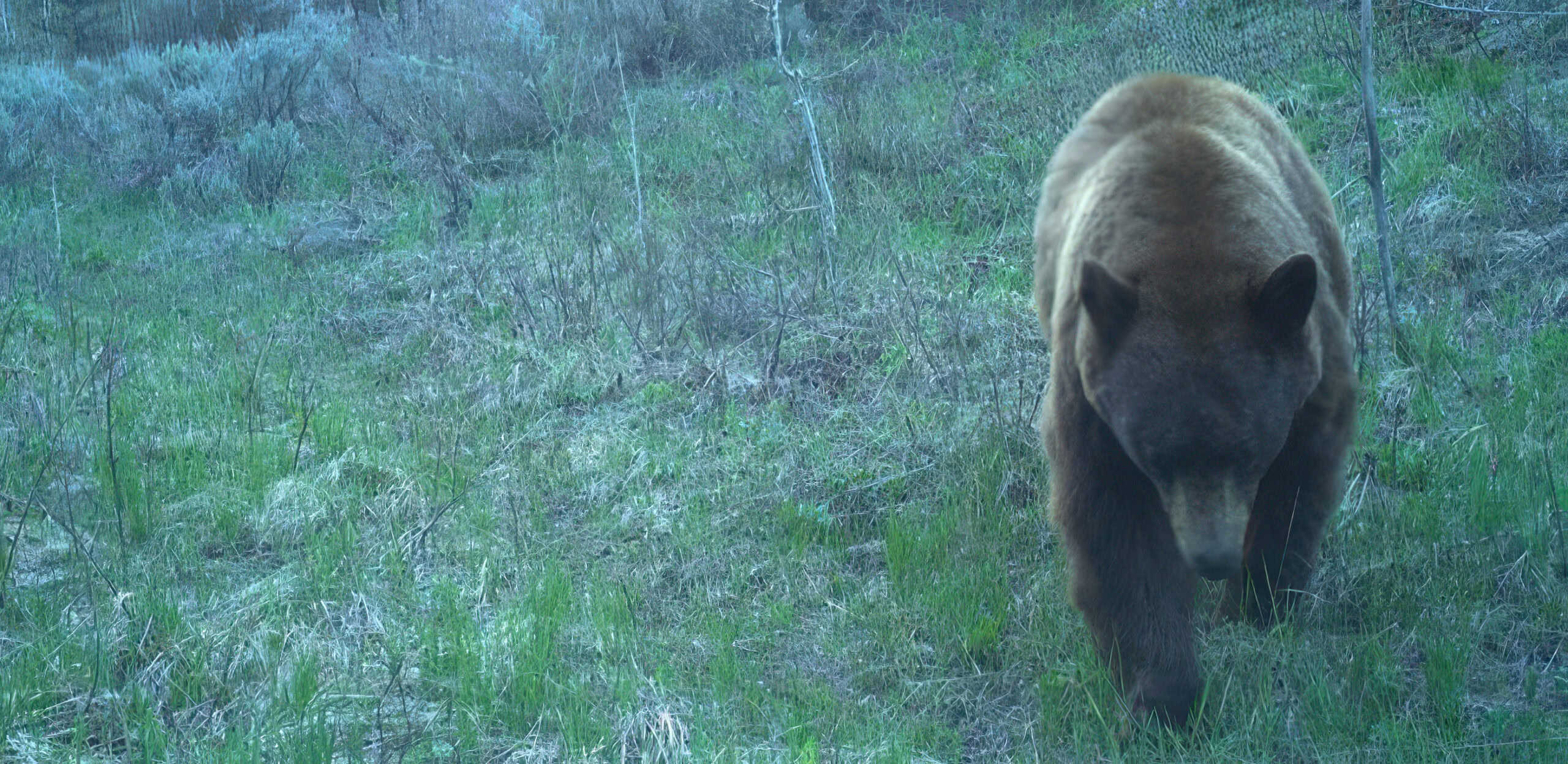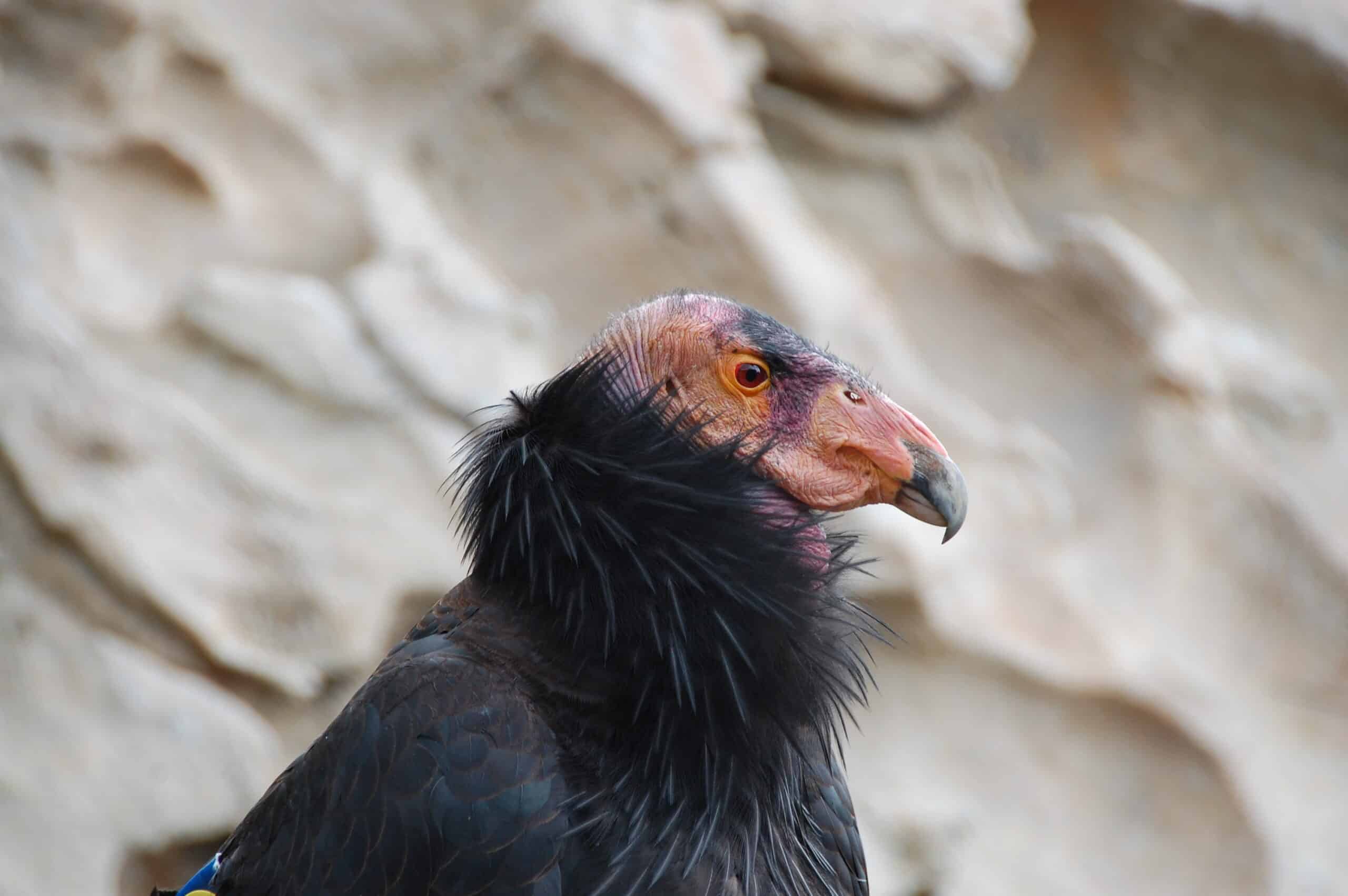Share this article
JWM study: Domestic cat attacks cause variety of wildlife deaths
Cats are a favorite household pet, and sometimes people want to let them outside for some fresh air. But recent research shows that it’s not just mice and rats that domestic cats are hunting and attacking when their owners let them outdoors, but other wildlife as well.
As part of a new study published in the Journal of Wildlife Management, researchers completed an 11-year retrospective study in which they looked at the admission rates of wildlife at the Wildlife Center of Virginia that resulted from cat attacks, the largest wildlife rehabilitation center in the state.
“We do see a lot of cat-caught wildlife admissions throughout the year, especially in the spring,” said lead author of the study and the director of veterinary services at the center, Dave McRuer. “It’s not uncommon to have multiple wildlife victims coming in from cat attacks every single day. We’ve recognized subjectively that animals don’t make it despite a high quality of veterinary care for the animals that were received.”
However, there is very little published work from the wildlife rehabilitation community looking at the extent of these cat attacks on wildlife even though there are currently between 50 and 140 million free roaming cats in North America including those allowed to go outside by their owners, according to McRuer. To conduct the study, McRuer and his colleagues first narrowed down which species were potential victims for cats, excluding larger animals such as black bears, deer and bald eagles. They looked at the top causes of admission for these species in the 11-year period as well as the mortality rates of the species that were admitted due to cat attacks.

Species of birds including American robins, mourning doves and blue jays, and some rarer species for the area such as a purple gallinule were brought to the center after domestic cat attacks. ©Wildlife Center of Virginia
The team found that 84 different species were brought to the center after an encounter with a cat — 21 species of mammals and 62 bird species. The mammal species made up slightly more than 73 percent of small mammal admissions and about 64 percent of the bird admissions were due to cat attacks.
The most common birds attacked by domestic cats included American robins (Turdus migratorius), mourning doves (Zenaida macroura) and blue jays (Cyanocitta cristata), and the most common small mammals were eastern cottontails (Sylvilagus floridanus), eastern gray squirrels (Sciurus carolinensis) and southern flying squirrels (Glaucomys volans). The team determined if cats caused the injuries by looking at the information recorded by the rescuer who brought the victim to the center. However, if the researchers saw injuries such as small puncture wounds that were consistent with cat attacks, these cases were considered unknown traumas and not included.
Overall, more than 83 species that the team studied, representing about 14 percent of the study population, were admitted to the rehab center following cat attacks. Prior to this study, most people assumed that outdoor cats primarily attack mice and rats.
“This disputes that argument,” he said. Despite high-quality veterinary care, 70 percent of small mammals ultimately end up dying from the severity of wounds or have to be euthanized, and 80 percent of birds that were studied died from the attacks.
“We recommend in our paper that proven strategies that reduce the number of cats on the landscape would decrease interactions with wildlife and the number of wild animals needing medical care,” he said, adding that this includes outreach efforts to remind the public that cats are not wildlife in North America and should not be treated as such.
“We need to get creative with our management tools,” he said. “Strategies that reduce the number of free-roaming cats on the landscape and promote keeping cats indoors will benefit the lives and welfare or both our native wildlife and cats.”
Header Image: Small mammals such as eastern cottontails, eastern gray squirrels and southern flying squirrels were rescued and sent to the Wildlife Center of Virginia after cat attacks. ©Wildlife Center of Virginia








